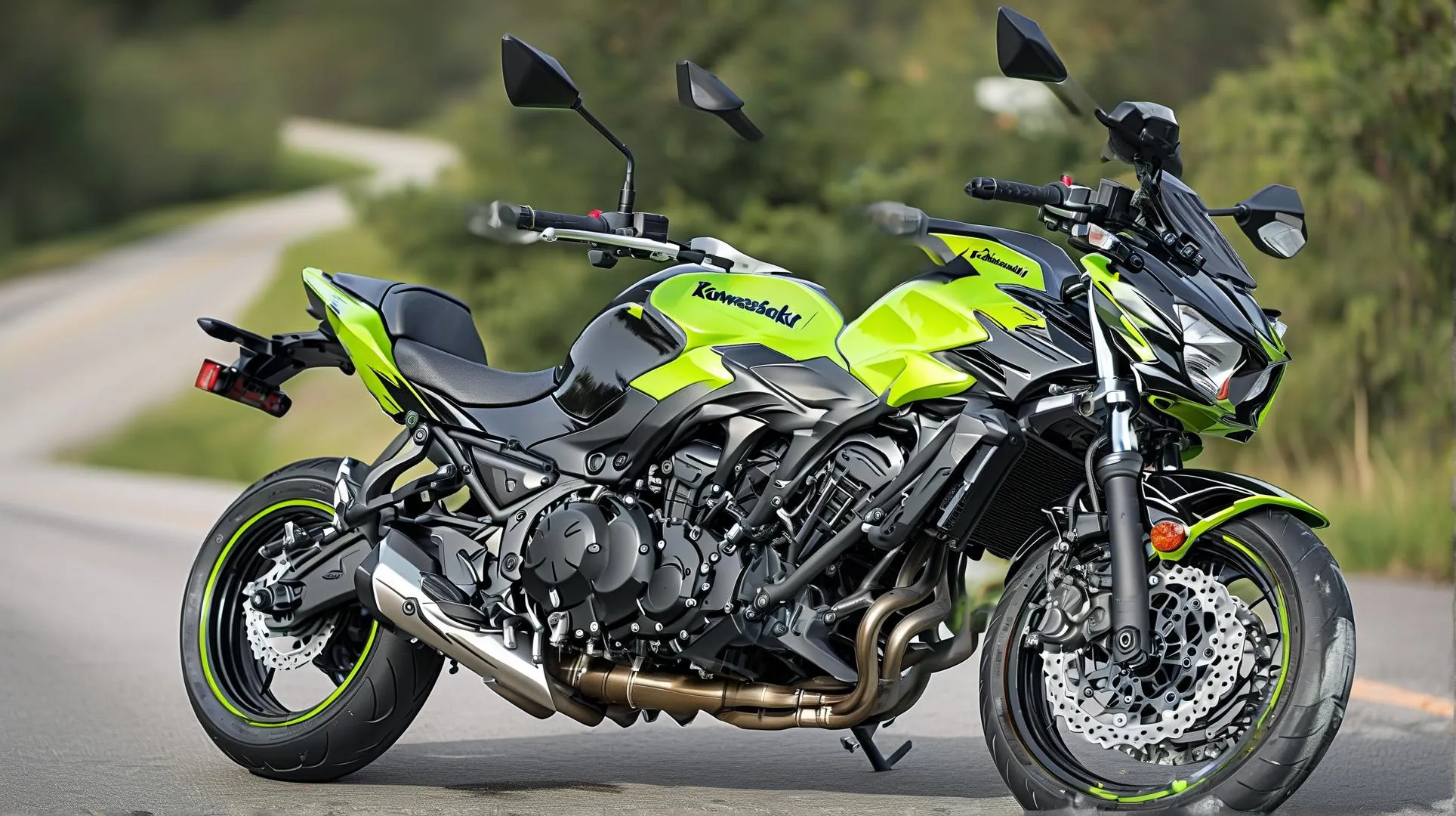For riders seeking a perfect blend of sporty performance and budget-friendly pricing, the Kawasaki Ninja 650 remains a standout choice in the middleweight motorcycle segment. With the 2025 model year approaching, opportunities to own this agile twin-cylinder machine under $5,000 are becoming more accessible than ever. Let’s break down how to navigate the market and what you need to know before making your purchase.
Current Market Trends for Used Ninja 650 Models
Industry data from Cycle Trader shows a 12% increase in pre-owned Ninja 650 listings under $5,000 compared to 2024, driven by dealership trade-ins and riders upgrading to newer models. Key years to target include:
– 2018-2020 models: Averaging $4,200–$4,800 with mileage under 10,000
– 2021-2022 models: Occasionally dipping below $5,000 during seasonal promotions or quick-sale scenarios
Pro Tip: Late fall and early winter often yield better deals as sellers prioritize year-end inventory clearance.
Where to Find Reliable Deals
-
Certified Pre-Owned (CPO) Programs
Kawasaki’s CPO network offers extended warranties (up to 12 months) and rigorous 112-point inspections on select bikes. Check authorized dealers like RideNow Motorsports for region-specific offers. -
Private Seller Platforms
Facebook Marketplace and Cycletrader.com consistently list Ninja 650 units priced between $3,800–$4,900. Always verify ownership via VIN checks and service records. -
Auction Insights
Insurance salvage auctions (e.g., Copart) occasionally feature lightly damaged Ninja 650s repairable for under $1,000 in parts—ideal for DIY enthusiasts.
Critical Pre-Purchase Checks
A recent study by Motorcycle Consumer News identified three common issues in used Ninja 650s:
1. Clutch Slave Cylinder Leaks (2017-2019 models)
2. Regulator/Rectifier Overheating (high-mileage units)
3. Chain/Sprocket Wear (often neglected in listings)
Always request:
– Maintenance logs showing oil/filter changes every 3,500–4,000 miles
– ECU error code scans using Kawasaki’s proprietary diagnostic tool
Cost of Ownership Breakdown
Data from Fuelly indicates the Ninja 650 averages 50–55 MPG with regular unleaded, translating to $18–$22 monthly fuel costs for average riders. Insurance costs vary widely:
– Full coverage: $65–$90/month (clean record)
– Liability-only: $25–$40/month
Why the Ninja 650 Stands Out in 2025
While newer competitors like the Yamaha YZF-R7 command higher prices, the Ninja’s 649cc parallel-twin engine continues to deliver a beginner-friendly 68 hp with linear power delivery—a key factor noted in Motorcyclist Magazine’s 2024 commuter bike rankings. Recent upgrades to the suspension (41mm Showa forks) and ergonomic seat design make it versatile for both city rides and weekend canyon carving.
FAQ: Quick Buyer Insights
Q: Can I finance a used Ninja 650 under $5k?
A: Yes—credit unions like Navy Federal offer rates as low as 5.99% APR for motorcycles older than 2018.
Q: What’s the safest mileage limit?
A: Units under 15,000 miles typically retain optimal performance if properly maintained.
Q: Any known recalls?
A: Check Kawasaki’s official VIN lookup tool for open recalls on specific model years.
Final Tip: Negotiation Leverage
Dealerships typically have 18–22% markup on used inventory. Use recent sold listings from Cycle Ersell as bargaining tools. For private sellers, offering cash payment often secures an additional 8–10% discount.
By combining strategic timing with thorough mechanical vetting, securing a Ninja 650 under $5k remains an achievable goal for savvy buyers entering the 2025 riding season.




Leave a Reply